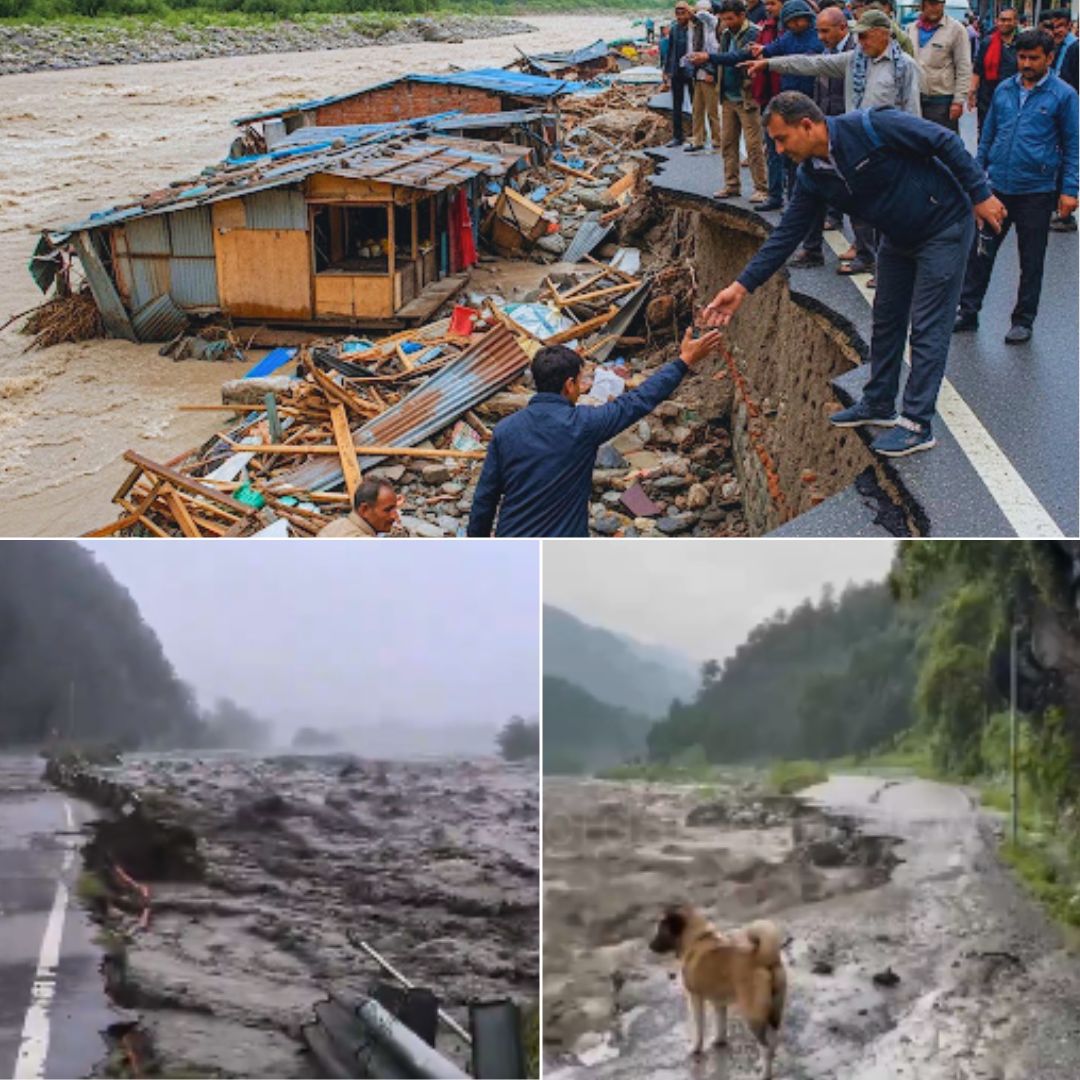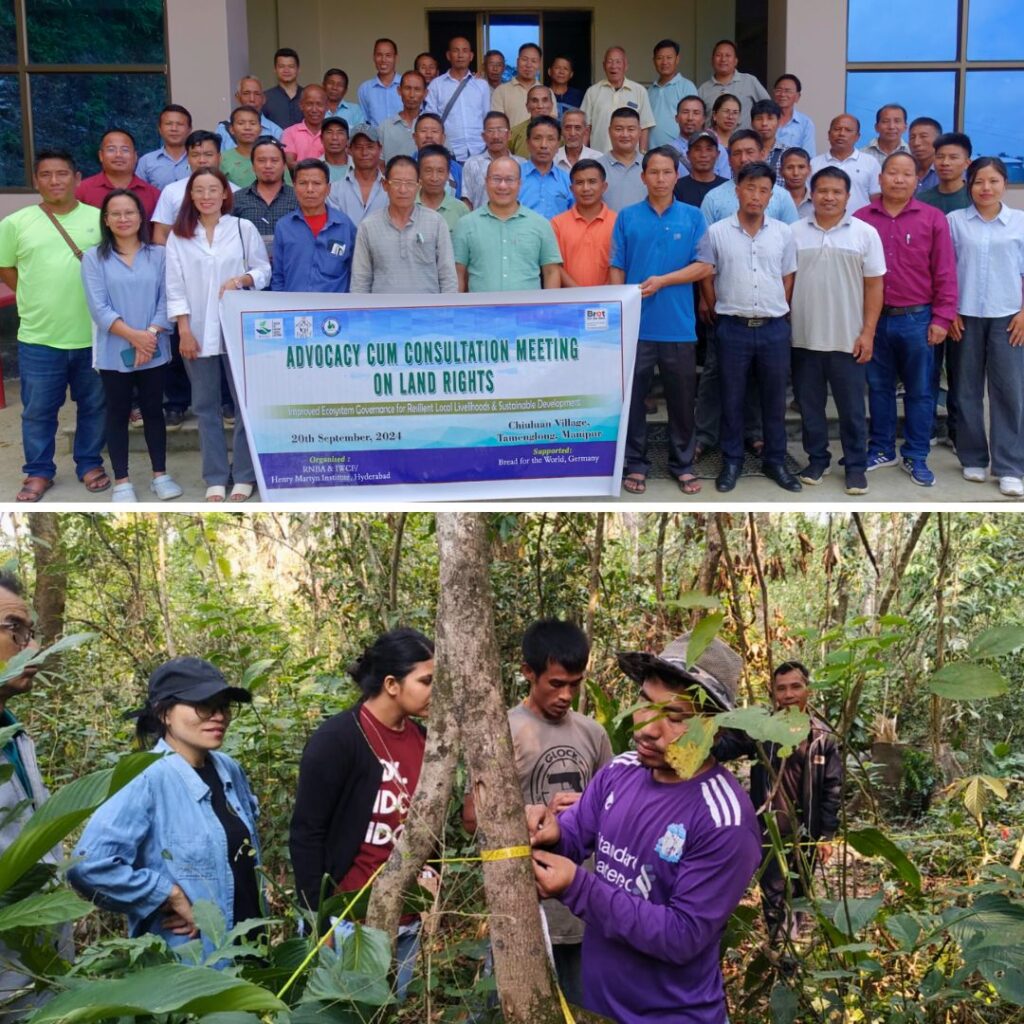Heavy and continuous rainfall in Himachal Pradesh has caused the Beas River to swell dramatically, leading to severe flooding and damage along critical routes such as the Kullu-Manali-Leh National Highway (NH-3). Several stretches of the highway and bridges have been washed away or damaged, disrupting connectivity to Manali and other key areas.
Shops, dhabas, and small hotels in flood-prone villages like Bahang near Manali have been swept away, and residents have been evacuated amid heightened safety concerns. District officials have confirmed emergency rescue efforts and urged tourists and locals to avoid the affected zones.
There have been no casualties reported so far, though many livelihoods stand devastated. Weather forecasts warn that the heavy rains will continue till early September, complicating relief and restoration efforts.
Floodwaters Devastate Lives and Infrastructure
According to eyewitnesses and local authorities, the Beas River and its tributaries, including Manalsu Khad and Bias Nala, rose rapidly on the night of August 24, spilling over their banks and rushing through old villages such as Ghoshal, Shanag, and Palshan near Manali. Small businesses along the river, including four to six roadside dhabas, shops, labour huts, and even some hotels, were swept away by the turbulent floodwaters.
Affected residents described a terrifying overnight ordeal as they fled their submerged homes. “The water rushed in so fast, we barely escaped safely,” said a shopkeeper in Bahang. Former Manali MLA Govind Singh Thakur visited the flooded areas, expressing relief that although the damage was extensive, no lives were lost. The flooding also submerged important transit points like the old bus stand and Alu Ground, further stranding tourists and residents.
Road Disruptions and Emergency Response
The floods caused massive damage to NH-3, with several stretches between Palchan and Solang Nala washed away, severely impacting road connectivity between Manali, Kullu, and the strategic Leh route. Blocked highways and damaged embankments have stranded vehicles and halted tourist traffic, prompting authorities to set up diversions and rescue teams to assist stranded people.
Deputy Commissioner Ashutosh Garg and other officials have been continuously monitoring the situation, coordinating evacuations from vulnerable areas, including Bahang and surrounding riverbanks, to safer shelters. Schools and colleges in affected districts such as Kullu, Mandi, Kangra, and Shimla remain closed under the India Meteorological Department’s red alert warnings. The administration has also issued stern advisories against approaching swollen rivers and streams, highlighting the risk of further flash floods.
Monsoon Impact and Call for Sustainable Action
This latest flood event is part of a larger pattern of increasingly erratic and intense monsoon rainfall in Himachal Pradesh, which has weathered repeated bouts of landslides, floods, and infrastructural damage in recent years. Experts link such frequent disruptions to the wider impacts of climate change, deforestation, and unplanned urbanisation along ecologically sensitive Himalayan zones.
The vulnerability of areas like Manali, heavily reliant on tourism and fragile mountain ecosystems, underscores the urgent need for comprehensive disaster preparedness and resilient infrastructure planning. The situation also brings into sharp focus the growing challenge of balancing economic development with environmental conservation in the region, especially given the critical importance of highways like NH-3 for both civilian life and national security logistics.
The Logical Indian’s Perspective
The devastation unfolding in the valleys of Himachal Pradesh is a sobering reminder that the consequences of climate change and environmental neglect fall hardest on those whose homes and livelihoods are intertwined with nature.
While immediate relief and rescue operations are essential, the broader conversation must move towards sustainable solutions that respect the region’s fragility and empower communities to adapt. As traffic snarls and shattered businesses dominate headlines, it is crucial to recognise the human stories and resilience behind these statistics.
The Logical Indian believes fostering dialogue, empathy, and proactive cooperation among residents, officials, tourists, and policymakers is vital to co-create a safer, more sustainable Himalayan future.
Furious river Beas, washed away left bank road at Luggatbhatti Kullu Himachal. Avoid travelling. #Kullu #flashfloods #nature #Beas pic.twitter.com/LbMOwkHAWR
— Ramesh Pathania✒️🇮🇳सर्वश्रेष्ठ भारत (@rameshpathania) August 26, 2025











